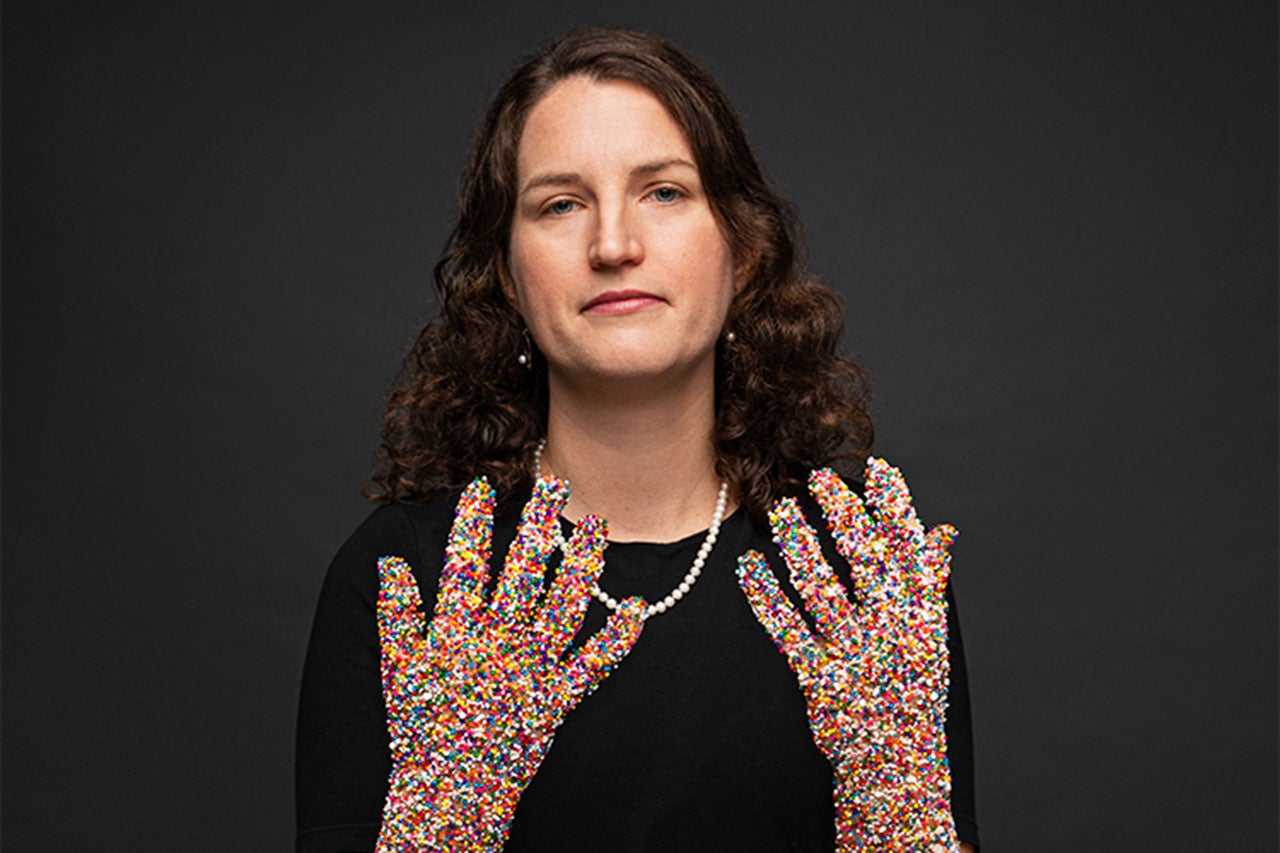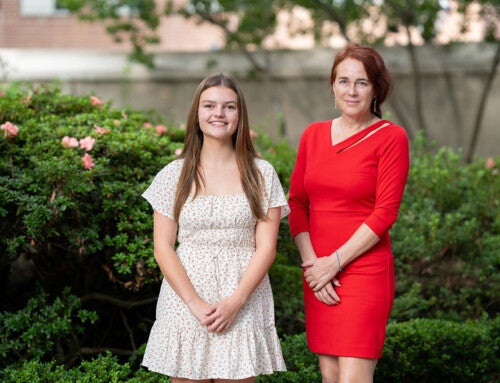A recent study by geology professor Barbara Beckingham shows that more and more microplastics are showing up in wastewater treatment plants in the Lowcountry. She says wastewater stations are doing a great job capturing about 90 percent of these microplastics, but that the volume of microplastics they’re receiving is ever increasing.
Microplastics are very small pieces of plastic usually measuring less than a quarter of an inch in length. Beckingham says the microplastics end up going down the drain because plastics are found in everything from food packaging to medical and industrial products to clothing.
This is where you come in.
Beckingham says there are some very simple things you can do to lessen the problem. One involves your washing machine.
“Washing machine models or wash temperatures can help to reduce microplastics sources to wastewater treatment plants,” she says, noting cold is better than hot for tech fabrics.
She also recommends seeking out clothing that is made of organic material since they do not contain plastic fibers.
Unfortunately, household microplastics are not the only problem for our waterways. A recent report reveals an estimated seven tons of plastic littering the shoreline of the Charleston Harbor. Plastic bags, plastic bottles and other items found in our estuary get broken down into microplastics over time. Plastics and microplastics can harm animals and even get into the food chain.
Which ultimately means they wind up back in us.
Featured image of Barbara Beckingham by Mike Ledford




